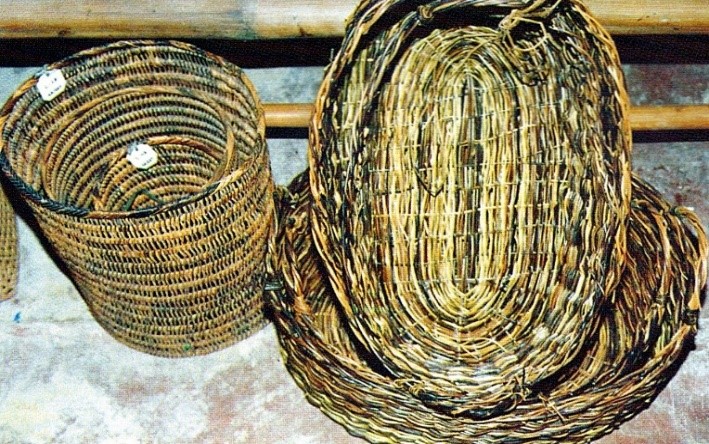 The growth of handicraft and furniture industries is constrained by uncertainty in the supply of raw materials. Forest vines, a lesser-studied non-timber forest products (NTFP), are important source of raw materials for these industries. However, unlike other NTFPs, very little information is available on the vine supply chain, the participants and the activities they perform, and the problems they face.
The growth of handicraft and furniture industries is constrained by uncertainty in the supply of raw materials. Forest vines, a lesser-studied non-timber forest products (NTFP), are important source of raw materials for these industries. However, unlike other NTFPs, very little information is available on the vine supply chain, the participants and the activities they perform, and the problems they face.
To address this gap, the Philippine Council for Agriculture, Aquatic and Natural Resources
...

